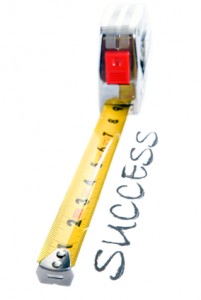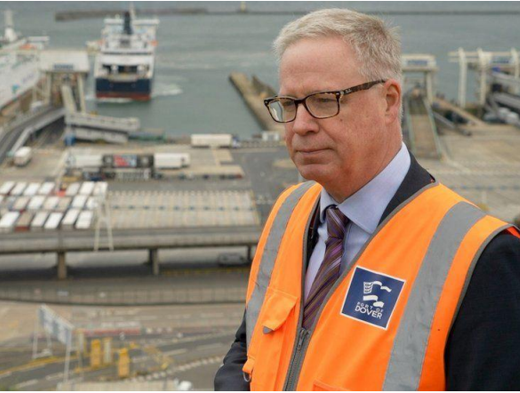In June, we wrote about PR measurement and the various options organisations have for evaluating the impact of their communications. We followed this in July with some breaking news about the launch of the Barcelona Principles – the first attempt by the PR and measurement industries to agree a common global approach to PR measurement. Now that the dust has settled a little, it is worth considering why these principles matter and asking where we go from here.
 The background
The background
The seven Barcelona Principles – initially agreed at an international conference in that city in June, and subsequently finalised in July following industry consultation – were needed because there was no common approach to measuring PR. Although many businesses recognise PR’s value as a communications discipline (Bill Gates famously said that if Microsoft were down to its last marketing dollar, it would be spent on PR), working out how to gauge PR’s success was effectively a freestyle race.
In the absence of anything better, many organisations reached for the next best thing they could think of, and tried to calculate the ‘value’ of coverage based on how much a similarly-sized advertisement would have cost in the same publication. In our June article, we explained some of the reasons why this approach – Advertising Value Equivalence, or AVE – is grossly misleading. David Rockland, a director of the International Association for Measurement and Evaluation of Communication (AMEC) and one of the drivers of the Barcelona Principles, puts it more succinctly: “An AVE reflects the cost of advertising; this has no more to do with the value of public relations than the price of tin in China.”
The common approach agreed at Barcelona was, therefore, partly motivated by the wish to bury AVE once and for all. It was also in part a response to the rise of social media as a communications channel. Refuting the notion that social media is too esoteric to be measured, Rockland says: “Like traditional media, you measure social media the same way – good quantity and quality metrics. It’s just another channel. A pretty cool one, but a channel nonetheless.”
Therefore, the seven Barcelona Principles were agreed as follows:
1. Goal-setting and measurement are fundamental aspects of any PR programmes.
2. Media measurement requires quantity and quality: cuttings in themselves are not enough.
3. AVEs do not measure the value of PR and do not inform future activity.
4. Social media can and should be measured.
5. Measuring outcomes is preferred to measuring media results.
6. Business results can and should be measured where possible.
7. Transparency and replicability are paramount to sound measurement.
Each of the Principles carries a group of supporting statements, which can be read in full here on the AMEC website.
Why Barcelona matters
The Barcelona Principles are an important step on the journey of shifting perceptions of public relations from being ‘nice to have’ to being a mission-critical business activity. Finding robust means to relate PR activities to business outcomes will not only help organisations to plan and manage their communications better, but will also help in-house communicators to prove to senior executives exactly how PR helps achieve top-line growth.
Key to delivering on the promise of Barcelona will be finding ways to measure the things that really matter. As Rockland puts it: “Outputs are OK. Outcomes are better. Business results are best…We recognise that it’s possible to talk about PR in terms of business results such as sales, just like other marketing disciplines do. And there are techniques that allow us to do that kind of measurement.”
What happens next?
Three key questions therefore arise from Barcelona: what are the ‘validated metrics’ that should replace AVE; how do you get started in measuring social media; and what are the relevant metrics for social media measurement? To seek appropriate answers, AMEC convened two working parties of industry notables. Their proposals are likely to be publicly aired for the first time in October at a summit organised by the Institute for Public Relations, to be held in New Hampshire.
AMEC is to be commended for the pace at which it has driven the Barcelona process, but what is announced in October may not be an endpoint; quite possibly, we will hear some further refinement of collective thinking and an outline of the areas to be looked into further.
Equally, even when finalised, AMEC’s recommendations may not be overly prescriptive about how measurement should be undertaken. The measurement professionals involved in the project recognise that, in a field as dynamic as communications, room must be allowed for innovation, both to refine methodologies and to seek competitive advantage. However, what AMEC will hopefully deliver is a far clearer idea of the measures that should be sought.
We will continue to keep you posted about progress on this important topic.







